The Danube River, often celebrated as the “Queen of European Rivers,” is one of the continent’s most iconic waterways. Spanning approximately 2,850 kilometers, it is Europe’s second-longest river after the Volga. From its source in Germany’s Black Forest to its delta in the Black Sea, the Danube meanders through ten countries, binding them through a shared geography, history, and culture.
A River Woven into European History

Few rivers have witnessed as much history as the Danube. It served as a critical frontier for the Roman Empire, where outposts and forts lined its banks. In medieval times, it became a trade route linking the Holy Roman Empire to the Byzantine world. During the Ottoman expansion and the Austro-Hungarian reign, the Danube remained a central artery of power, movement, and influence.
The river has also been a backdrop for revolutions, battles, and diplomatic exchanges. Empires rose and fell along its banks, and cities flourished under its protection. Today, monuments and ruins still dot its shores, offering silent testimony to the civilizations that once ruled them.
The Natural World of the Danube
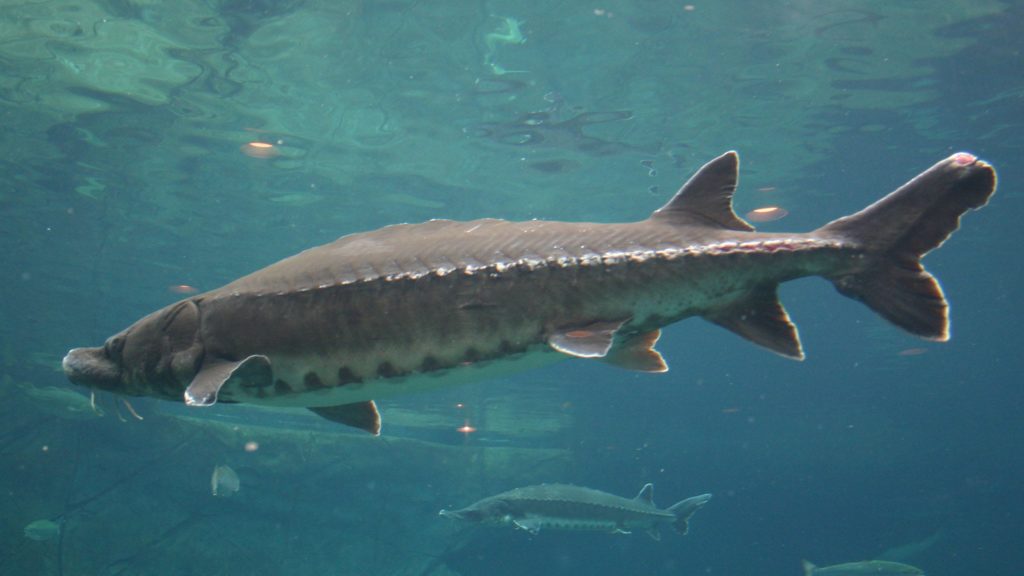
The Danube basin is one of Europe’s richest ecosystems. Its vast and varied landscapes—mountains, wetlands, forests, and floodplains—support an incredible diversity of life.
Aquatic and Terrestrial Wildlife
- Sturgeon – This ancient fish, some species of which can grow over 4 meters long, migrates along the Danube and is prized for its roe (caviar). It’s also one of the oldest fish species in the world.
- Otters and Beavers – These semi-aquatic mammals are common along quieter stretches of the river and play a crucial role in maintaining healthy river ecosystems.
- Salmon, Pike, and Catfish – Found in various parts of the river, these fish are vital to both local cuisine and ecological balance.
- White-tailed Eagles and Black Storks – These majestic birds nest in the wetlands and forests near the Danube, especially in the Danube Delta.
The Danube Delta, shared by Romania and Ukraine, is particularly special. It is the second-largest and most intact river delta in Europe, home to over 300 species of birds and 45 species of freshwater fish. The delta is a UNESCO World Heritage Site and a paradise for nature lovers and birdwatchers.
Budapest: A City Shaped by the Danube
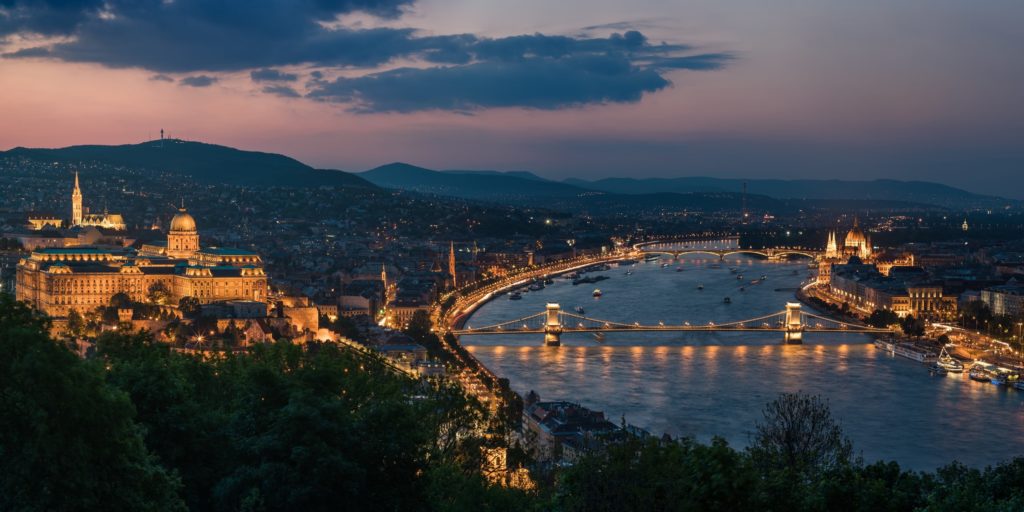
Among all the cities graced by the Danube, Budapest stands out as one of the most scenic and culturally rich. The river divides the Hungarian capital into two distinct halves: hilly, historic Buda on the west and bustling, cosmopolitan Pest on the east.
Landmarks such as the Parliament Building, Buda Castle, and Fisherman’s Bastion offer some of the most picturesque river views in Europe. The Chain Bridge and Liberty Bridge span the water, linking the two sides and offering unforgettable photo opportunities, especially when the city lights reflect on the river at night.
A Gateway for Travelers
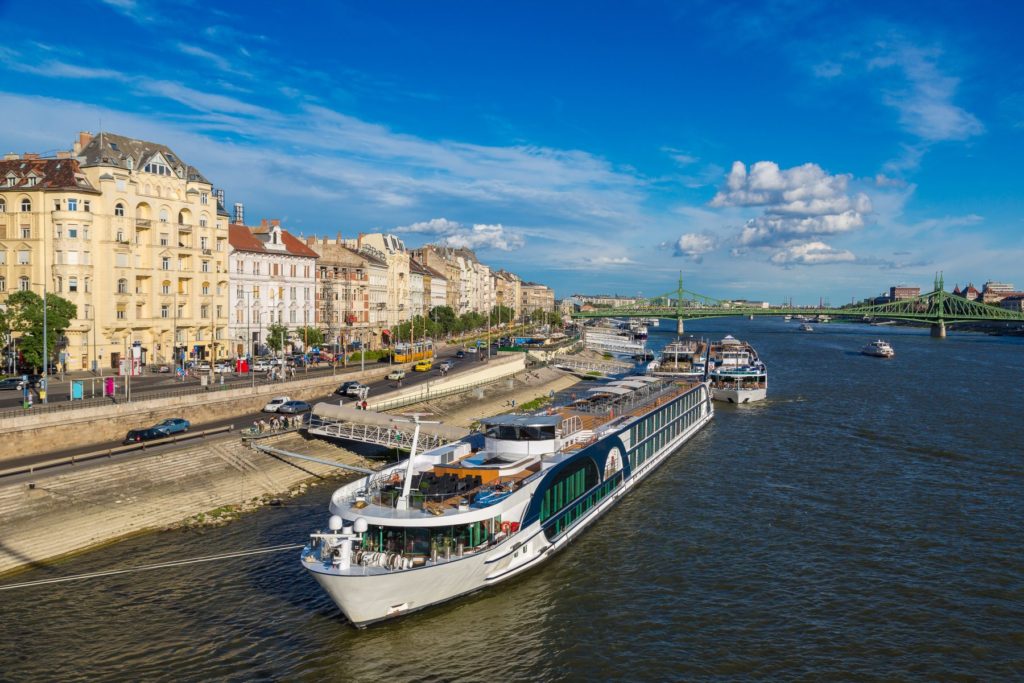
Thanks to its beauty and accessibility, the Danube is also a favorite among tourists. River cruises—ranging from short trips within Budapest to longer journeys across multiple countries—allow travelers to experience the river’s charm at a leisurely pace. These cruises showcase the changing landscapes, historic towns, and cultural gems along the way.
Besides cruising, walking along the Danube Promenade or relaxing on Margaret Island are popular ways to enjoy the river in Budapest. The Danube is not just scenery—it’s a way of life.
Leisure and Swimming Spots
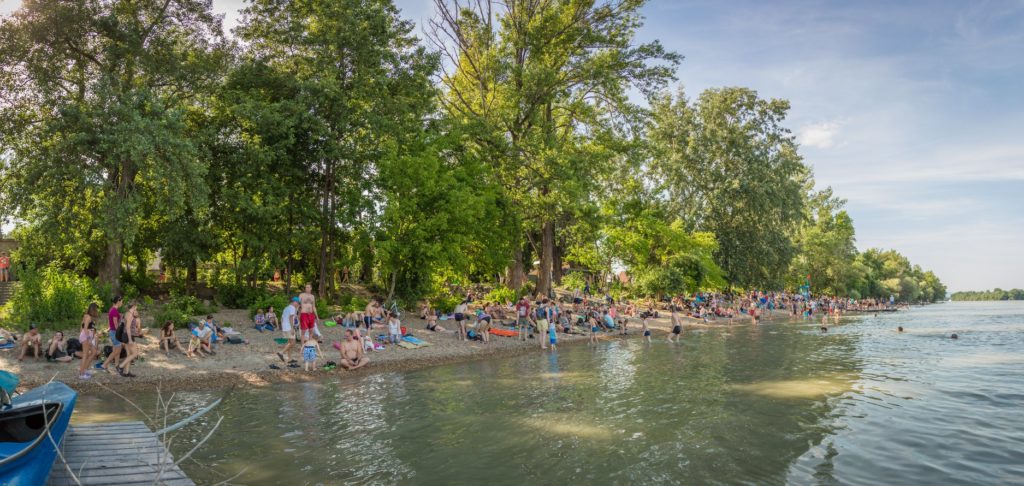
During the warmer months, locals and visitors alike flock to the Danube’s designated beaches. In Budapest, Roman Beach (Római-parti Plázs) is a well-loved recreational area, while towns like Szentendre, Göd, and Dunakeszi also offer safe spots for swimming and sunbathing.
Swimming outside of marked zones is prohibited for safety reasons, and river patrols ensure that rules are followed to prevent accidents.
Iconic Views and Attractions
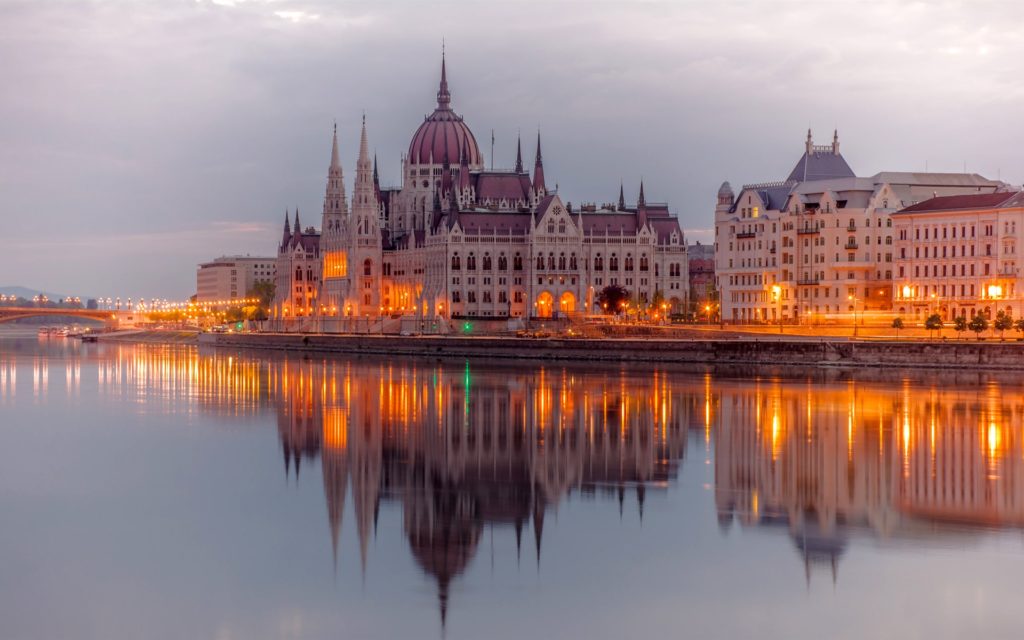
The Danube is lined with architectural and historical treasures, especially in Budapest:
- Hungarian Parliament – A striking Gothic Revival building right by the water’s edge.
- Buda Castle – A centuries-old palace offering panoramic views of the river and city.
- Fisherman’s Bastion – A romantic lookout with sweeping vistas of Pest.
- Margaret Island – A peaceful escape in the middle of the river, filled with gardens, fountains, and cultural attractions.
- Chain Bridge – The city’s oldest bridge and a beloved symbol of unity.
Fascinating Facts About the Danube
- It is the second-longest river in Europe, after the Volga.
- The Danube flows through ten countries: Germany, Austria, Slovakia, Hungary, Croatia, Serbia, Bulgaria, Romania, Moldova, and Ukraine.
- It is the only major European river that flows west to east, from the Black Forest to the Black Sea.
- More than 80 million people live within the Danube River Basin.
- The river crosses four European capital cities: Vienna, Bratislava, Budapest, and Belgrade.
- It inspired Johann Strauss II’s legendary waltz, “The Blue Danube.”
- The Danube’s drainage basin covers over 800,000 square kilometers, making it one of the largest in Europe.
- It has over 300 tributaries, including major ones like the Inn, Sava, Drava, and Tisza.
- The Danube Delta is home to one of the world’s largest reed beds and houses more bird species than any other region in Europe.
The Danube River is far more than a geographical feature—it’s a story of Europe itself. It brings together nations, supports biodiversity, fuels economies, and offers endless beauty. Whether you’re gliding along it on a cruise, exploring its historic cities, or simply gazing at it from a riverbank café in Budapest, the Danube leaves a lasting impression—calm, powerful, and full of life.


Comments are closed.